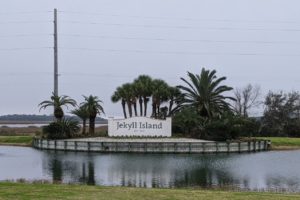While the tulips in the last post were beautiful, our next posts take us around the town of Holland to see them planted in ways we’re used to seeing them. This post takes us to a 30-acre park near the waterfront made lovely by the 94,000 tulips planted here, to the tulips planted along streets and on boulevards while we took a driving tour, and to some of the statues that bring love and warmth to the town.













So is orange the national color? Just had to look it up.
“The colors of the Dutch flag are red, white, and blue—there’s no orange at all. But around the world, the Netherlands is closely identified with orange, of all colors. They wear it on days of national pride, and their sports teams’ uniforms are almost all a bright orange hue.”
So why are their sports teams’ uniforms orange?
“The Dutch use the color orange for their jerseys because the color is associated with that of the royal family, House of Orange-Nassau, which originates from the principality of Orange in the Netherlands.”
Now we know “the rest of the story.”



driving tour of tulips
One of the brochures we used on this trip had a map of the tulip plantings around town. The streets in the solid purple color are the curbside tulip lanes. The double purple lines are the tulip lane boulevards.

Each year the town of Holland plants tulips along the streets shown in purple to bloom in late April and early May. The colors on both sides of the street are matching. Wish we had taken this drive on another day so we could have pictures without the garbage cans. Oh well.


Two intersecting streets on the map are wider and have boulevards that showcase more tulips.



One day in the 3rd week of May, citizens gather to clean out the tulip beds on the sides of these roads and along the boulevards so other flowers can be planted for the summer. Seems like the citizens take pride in showing off their town.
All around town are more arrangements of tulips like this one:





statues around town
When we first went downtown, we saw the following statue of children saying the Pledge of Allegiance and of course just had to take a picture.

A couple of days later, we saw this next statue and thought there might be others.

We searched online for other statues in the town and found that quite a few were scattered around town. Here are the ones we found with the city’s descriptions.




Wizard of Oz
In 1899, L. Frank Baum, author of The Wonderful Wizard of Oz, vacationed near here at his family cottage. Baum’s great grandson suggested that parts of this classic story were probably written, or at least worked on, while his great grandfather was staying at the cottage.

The following statues honor this wonderful story.







So much more to see in future posts: a centuries old windmill brought over from the Netherlands that still grinds flour, a wooden bowl factory that makes beautiful nesting bowls using a whole log, and Dutch costumes that reflect the various provinces in the Netherlands. And then we have some history to learn, especially why we didn’t find any Dutch pastries to eat.




